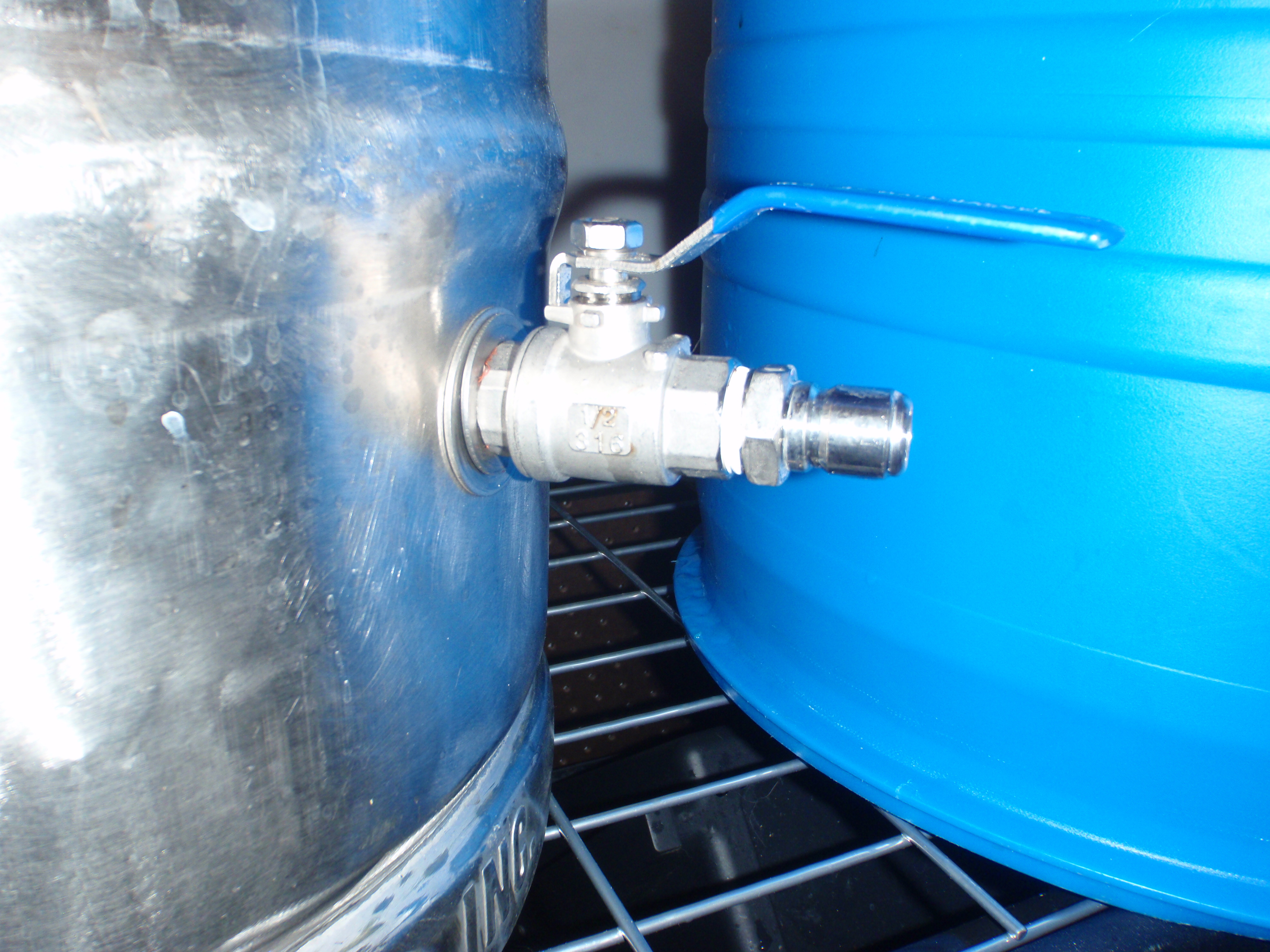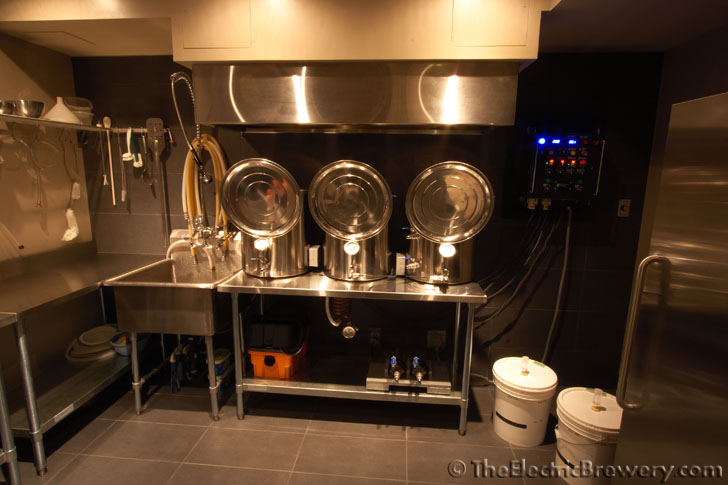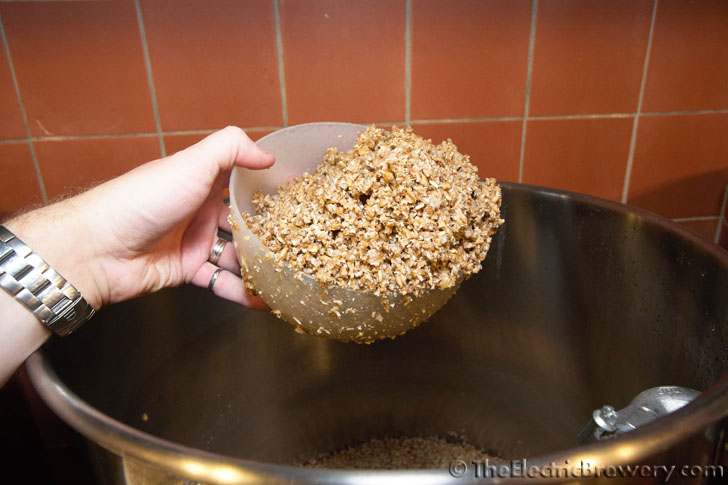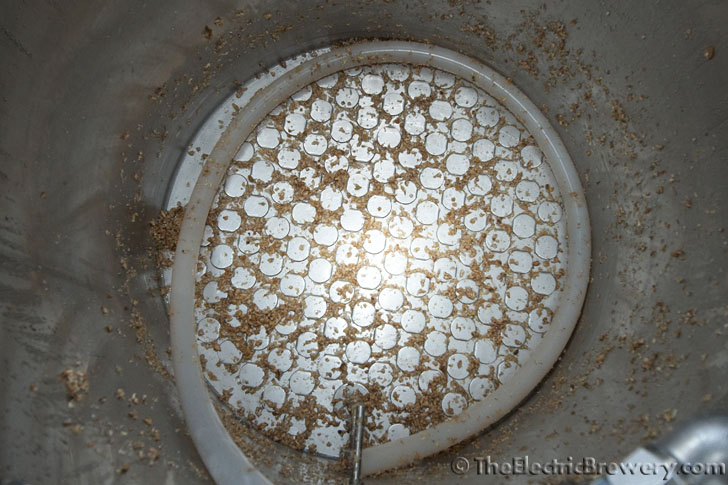We all know this one:
"Measure twice, cut once"
I learned that it should read:
"Measure twice, cut once with the right tool"
I was so excited to get my 45mm bimetal hole saw in the mail. I finally checked amazon and a week after ordering, it still had not shipped. I canceled the order and paid $7 more to buy it at HD. The next morning, my wife and I were cleaning the house for company but I wanted to cut the last two holes so I could paint the enclosure.
In my rush, I grabbed the wrong bit and cut 51 mm holes instead of 45mm......had to spend an extra hour creating a steel plate from another enclosure I had originally purchased but decided not to use, and then JB welding it in place and getting everything filed down....
Going to paint it this morning--Hopefully it will look fine (and at least it is on the bottom)

"Measure twice, cut once"
I learned that it should read:
"Measure twice, cut once with the right tool"
I was so excited to get my 45mm bimetal hole saw in the mail. I finally checked amazon and a week after ordering, it still had not shipped. I canceled the order and paid $7 more to buy it at HD. The next morning, my wife and I were cleaning the house for company but I wanted to cut the last two holes so I could paint the enclosure.
In my rush, I grabbed the wrong bit and cut 51 mm holes instead of 45mm......had to spend an extra hour creating a steel plate from another enclosure I had originally purchased but decided not to use, and then JB welding it in place and getting everything filed down....
Going to paint it this morning--Hopefully it will look fine (and at least it is on the bottom)













